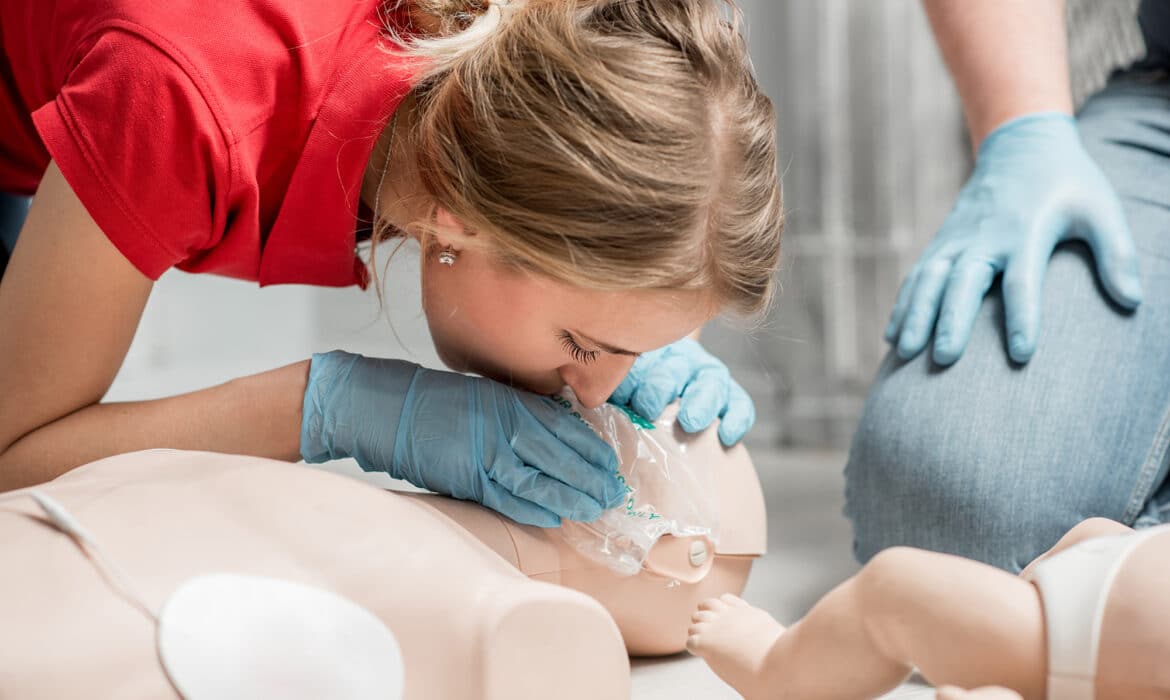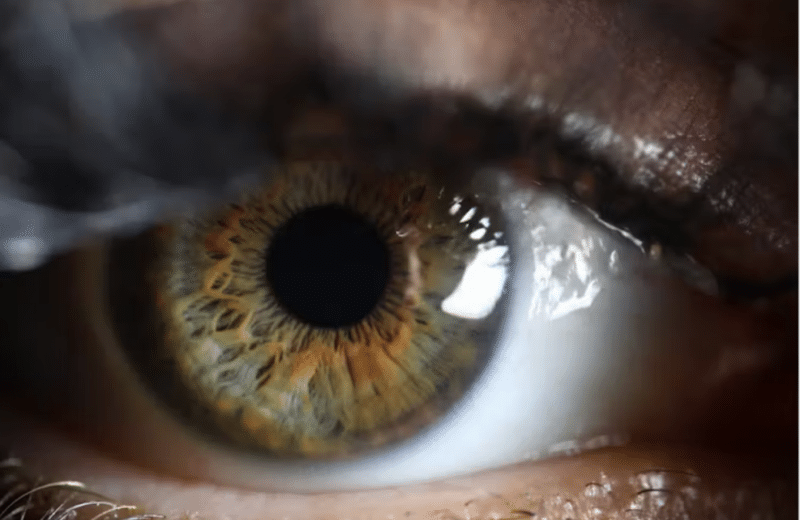Prep your first-aid kit, keep yourself safe, and respond to emergencies and accidents
Make a resolution to brush up on first-aid skills. Even if you’ve taken a course before, refreshing your skills or reviewing what you learned will ensure you respond effectively to an accident or emergency situation.
“The American Red Cross recommends that people get trained for moments that matter,” says Traci Johnston, Red Cross field operations manager for the central Midwest. “Accidents and emergencies can happen in the workplace, home, and out in your community. Taking these classes can give you the skills and confidence to act in an emergency.”
Nearly half (44%) of Americans don’t have first-aid kits, according to the Centers for Disease Control and Prevention. Yet accidents, such as falls, and emergencies, such as heart attacks, happen all the time. In fact, only 11% of the 350,000 people who suffer cardiac arrest every year in the U.S. survive. By training to respond in these situations, you can make a difference — no matter where they happen.
The Red Cross, community centers, YMCAs, and local police stations offer first-aid and CPR trainings. Many Red Cross courses are available online. Fees are moderate, and you can request financial aid. Locally, the Red Cross holds in-person classes in downtown Chicago, Lake Forest, Elgin, and more, but many of the in-person classes require successful completion of an online course first.
Johnston suggests downloading Red Cross apps as well and reviewing the information there before you need it. “We have a first-aid app that is excellent that everyone should have on their phone. It walks you through step-by-step. It’s very handy, and it’s free,” Johnston says. “We also have a first-aid app for tornados, earthquakes, flooding, fires. We even have one for pet first aid.”
Once you’ve taken a class, practicing your skills is key to maintaining them.
Police Officer Brian Bardsley, a paramedic and medical team leader with the Chicago police SWAT team, teaches a course called Stop the Bleed at police stations throughout the city.
While he says people don’t necessarily need a formalized course to refresh their skills, Bardsley recommends buying equipment in sets of two for practice. “Take these things out every month or so, and put yourself through some basic drills, for 15 or 20 minutes every few weeks, to keep your proficiency up,” he says. “It becomes very difficult to replicate skills under high stress, so the more repetitions you do, the more you’re going to be able to react in a stressful situation successfully.”
Regardless of the emergency you encounter, your first step should always be to call 911. And if you are uncomfortable performing first aid or feel endangered in the situation, protect yourself, even if it means not helping the victim. “Keep in mind that with any treatment you’re going to do, your safety is paramount. If you become injured, you’re now not part of the solution, you’re now part of the problem,” Bardsley says.
Build your own first-aid kit
You can buy a ready-made first-aid kit, but it is easy and possibly less expensive to build one yourself. Whether you buy it or build it, include these basics:
- Gloves, to protect yourself from other people’s blood and bodily fluids
- Bandages
- Cold compresses
- Gauze pads
- Blanket
- Water
- Eye wash
If you have completed training for bleeding, you can also include the following:
- Tourniquets
- Heavy duty compression bandages
- Adhesive dressing for chest injuries
- Clotting gauze
Four more tech tools to keep around the house
First aid kits are essential — but low tech. The bandages, alcohol wipes, and gauze they contain help treat wounds, but don’t provide any information about the patient’s condition. To take it a step further, consider adding these items to your home healthcare kit:
- Contactless infrared thermometer.
- Pulse oximeter, to measure oxygen levels.
- Digital blood pressure monitor (Take it to your next doctor’s appointment to calibrate it with the machine there.)
- Cell phone with a good camera. With this, your doctor can advise you on your next steps.
Consider adding additional items specific to where you live or things you do. “If you work or live in downtown Chicago, it’s different from when you’re taking a road trip to Montana,” says Ihab Aziz, MD, family medicine physician and chair of family and community medicine at Sinai Chicago.
Revisit your kit at least once or twice a year. “If you have an emergency kit, you have to check it periodically, like how you check your smoke detector, maybe every Christmas or every 4th of July,” Aziz says. “The last thing you need is to have an expired cortisone cream or dried alcohol swab. Check it twice a year, throw out the old stuff and add the new.”
And remember: A little prep work now could save someone’s life later.
To find a first-aid class near you, visit www.redcross.org/takeaclass.













